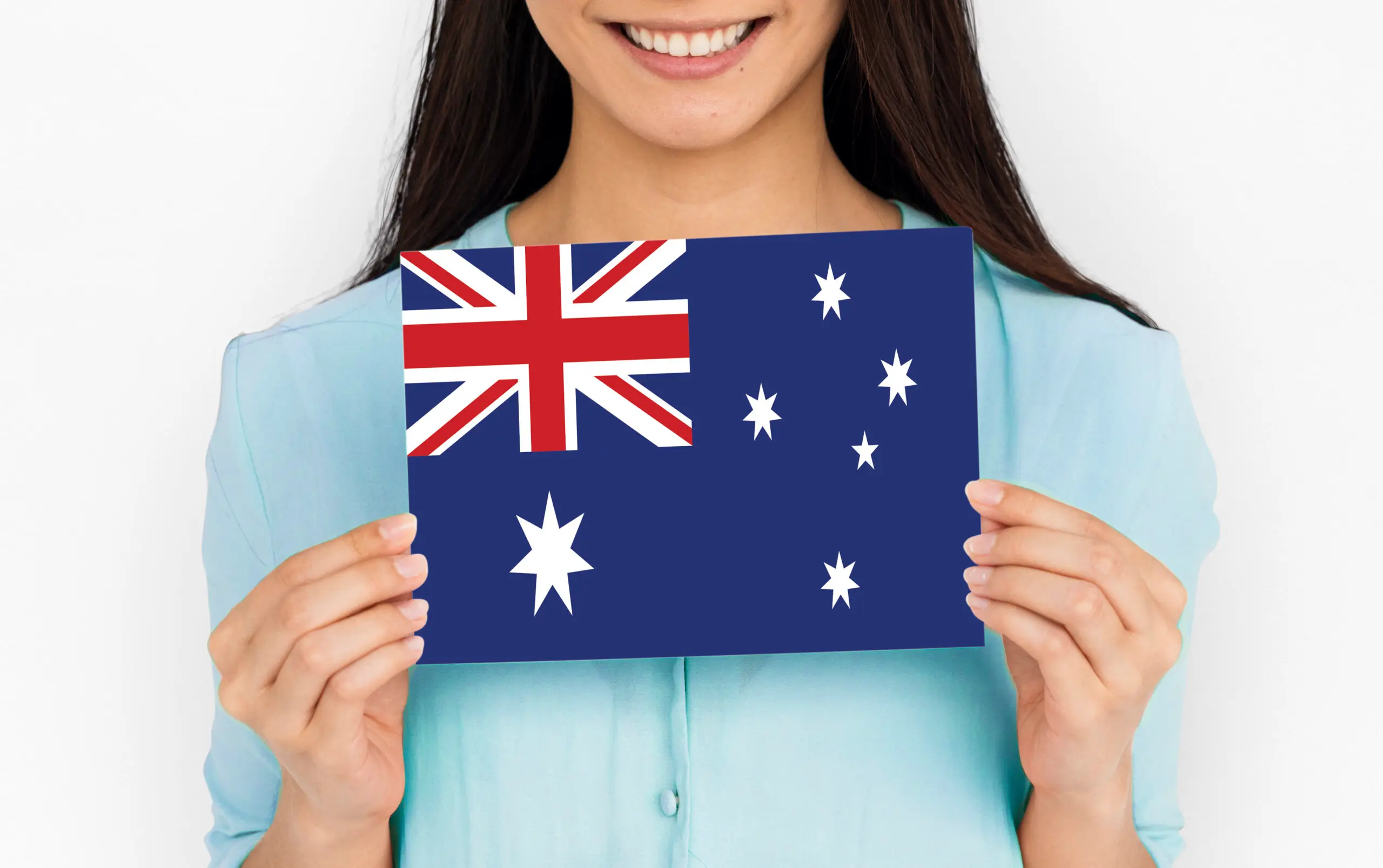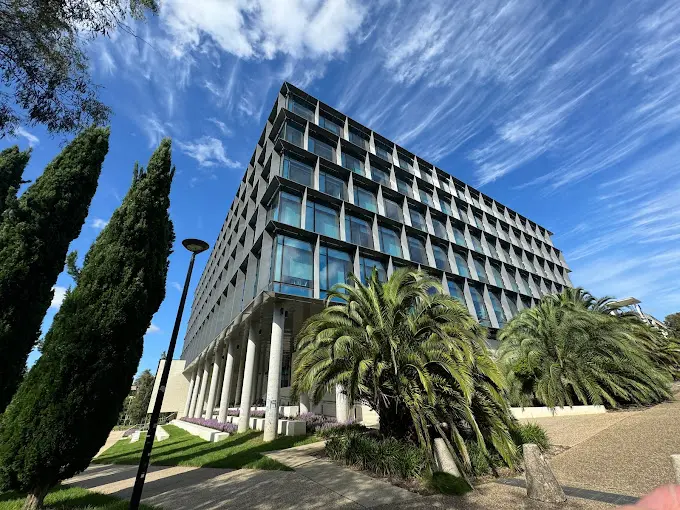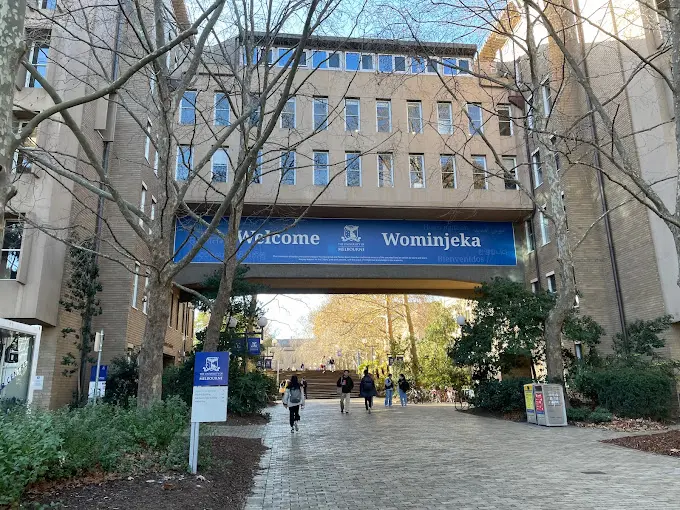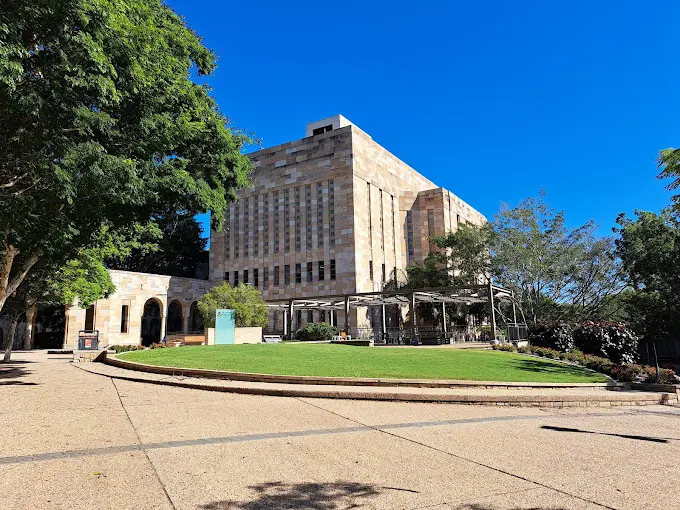Australia is a top choice for Indian students seeking quality education, diverse cultural experiences, and global career opportunities. Whether you’re drawn by renowned universities, affordable living, or vibrant cities, studying in Australia offers unparalleled benefits.

1. Capital: Canberra
2. Top Cities for Students: Sydney, Melbourne, Brisbane, Perth
3. Popular Universities: Australian National University, University of Sydney, University of Melbourne
4. Languages Spoken: Primarily English
5. Student-Friendly Policies: Work up to 20 hours per week during studies.
Australia is celebrated for its academic excellence and multicultural environment. Students can access innovative teaching methods, cutting-edge research opportunities, and globally recognized degrees in fields like engineering, business, and medicine. Exploring the key benefits of studying abroad can help you understand why Australia is a top destination for students worldwide.
These opportunities cover tuition, living expenses, and sometimes travel costs.
Australia offers a variety of scholarships tailored to international students, including those from India. These scholarships, provided by universities, government programs, and private organizations, aim to reduce the overall study in Australia cost and make quality education accessible. Popular options include the Australia Awards Scholarships, which cover tuition, living expenses, and travel costs, and the Destination Australia Scholarship, promoting regional education opportunities. Additionally, university-specific scholarships like the Global Excellence Scholarship provide significant tuition fee reductions. Learn how to secure study abroad scholarships to make your dream of studying in Australia more affordable.


For students seeking financial support, working with experienced study in Australia consultants can help identify and apply for suitable scholarships. Many programs prioritize fields like engineering, business, and healthcare, aligning with global job market demands. By securing scholarships, students not only ease the financial burden but also enhance their resume and career prospects. Whether through need-based funding or merit-based awards, these opportunities make studying in Australia for Indian students more achievable.
Cost of Studying in Australia - AUD 1600 - AUD 3750 monthly
Accommodation - AUD 1,000 - AUD 1,500 monthly
Health Insurance - AUD 41 - AUD 58 monthly
Rent - AUD 800 - AUD 1,500 monthly
Food - AUD 200 - AUD 300 monthly
Transportation - AUD 150 - AUD 250 monthly
While Australia offers exceptional opportunities, exploring the cheapest countries to study abroad can help you compare and make informed decisions.






Australia is a land of opportunities for international students, offering robust career prospects across various industries. Known for its strong economy and diverse workforce, the country provides an excellent environment for skill development and career advancement. As a graduate, you’ll have access to fields such as healthcare, engineering, IT, finance, and education, which consistently demand skilled professionals. Moreover, industries like mining, agriculture, and tourism contribute significantly to Australia’s economic landscape, creating unique job opportunities.
For students pursuing education in Australia, the Temporary Graduate Visa (subclass 485) allows you to gain work experience after graduation, enabling you to build networks and gain hands-on exposure in your chosen field. Additionally, the Australian government encourages international graduates to stay and contribute to the workforce, especially in regional areas through initiatives like the Regional Occupation List. With a focus on innovation and inclusivity, career opportunities in Australia cater to individuals aiming for global success. Australia is not just a study destination but a gateway to global career opportunities. If you’re looking for education consultants in bangalore for your abroad study in Australia, So reach out us.
© 2025 AEC. All Rights Reserved